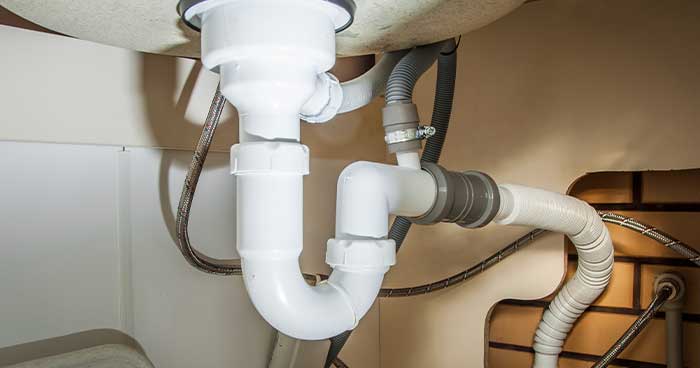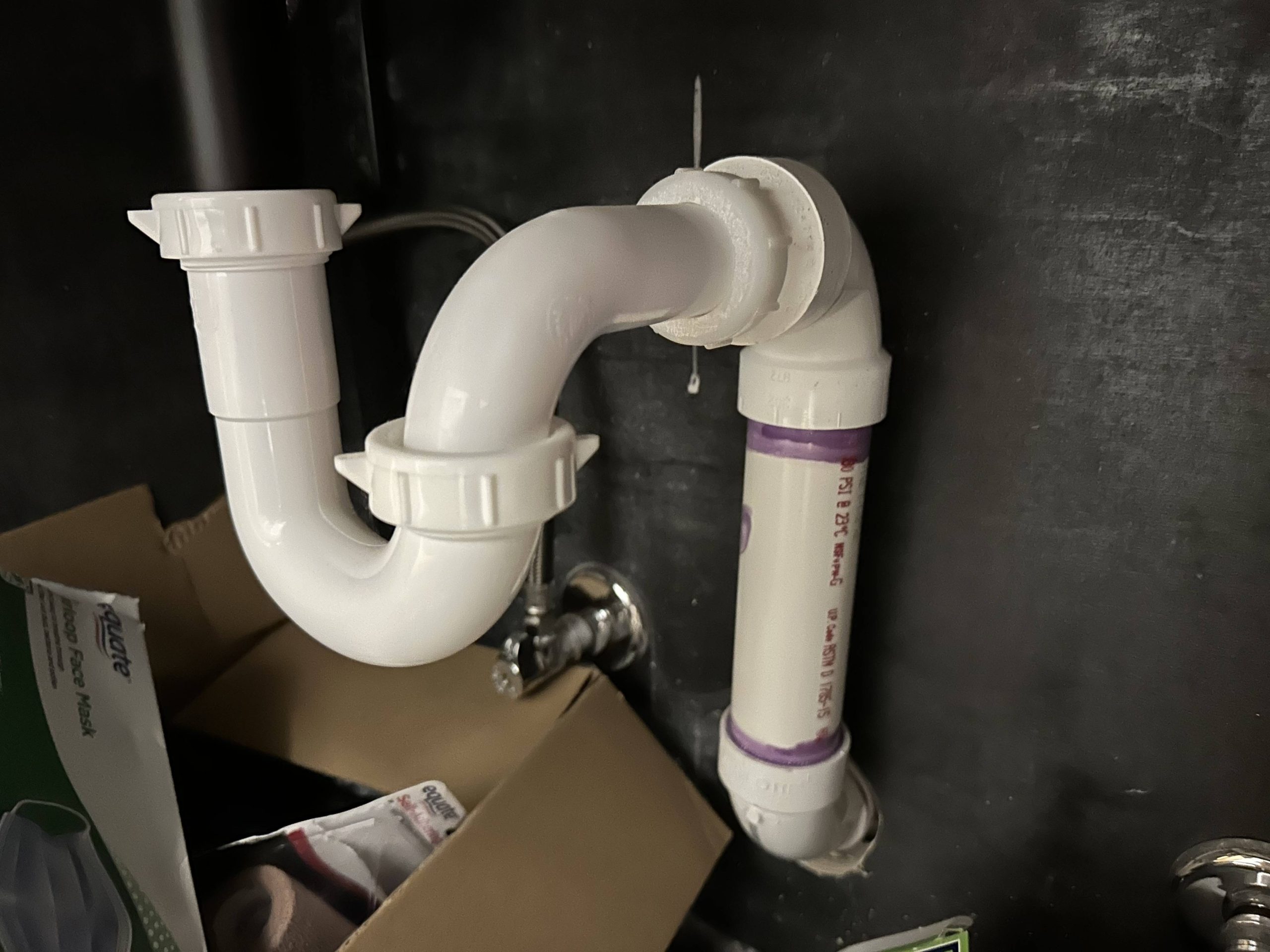The P-trap is a vital component in plumbing systems, designed to prevent unpleasant odors from entering living spaces while allowing wastewater to flow efficiently. This curved section of pipe traps a small amount of water, creating a seal that blocks sewer gases from escaping into homes and buildings. Understanding how P-traps function and their installation requirements is essential for homeowners and DIY enthusiasts alike, as improper setup can lead to plumbing issues and health concerns.
In this article, we will delve into the significance of the P-trap, its various types, common problems associated with it, and best practices for maintenance. Whether you’re troubleshooting plumbing issues or planning a renovation, knowing the ins and outs of this essential plumbing fixture will equip you with the knowledge to ensure a safe and healthy living environment.
Types of P-Traps
P-traps come in various materials and designs, each suited for different plumbing applications. The most common types include plastic, metal, and cast iron traps. Plastic traps are lightweight and resistant to corrosion, making them popular for residential plumbing. Metal traps, often made from brass or chrome, offer durability and an aesthetically pleasing finish, especially in exposed areas. Cast iron, while less common in modern installations, is known for its strength and longevity. Understanding these options helps in selecting the right P-trap for your needs and can impact the overall plumbing system’s efficiency.
Common Issues and Maintenance
P-traps can encounter several problems, such as clogging and evaporation, which can lead to sewer gas odors. Regular maintenance is crucial to ensure the trap remains functional. Homeowners should periodically check for any signs of leaks or debris buildup and flush the trap with water to maintain the water seal. If you’re looking for a deeper understanding of the mechanics behind P-traps and how they work, you can explore more at https://www.merchantcircle.com/blogs/grow/2025/1/What-is-a-P-trap-and-How-Does-It-Work-/2882148. Regular inspections and timely repairs can help prevent larger plumbing issues down the road, ensuring a safe and odor-free living environment.

In conclusion, understanding the P-trap is essential for maintaining a healthy and functional plumbing system. By choosing the appropriate type of P-trap based on your specific needs and regularly inspecting and maintaining it, you can prevent common issues such as clogs and sewer gas odors. Whether you are a seasoned DIY enthusiast or a homeowner looking to ensure your plumbing functions effectively, recognizing the role of the P-trap will empower you to take proactive steps in your home maintenance. Remember, a well-maintained P-trap not only protects your living space from unpleasant smells but also safeguards your plumbing infrastructure from costly repairs and potential health hazards.

